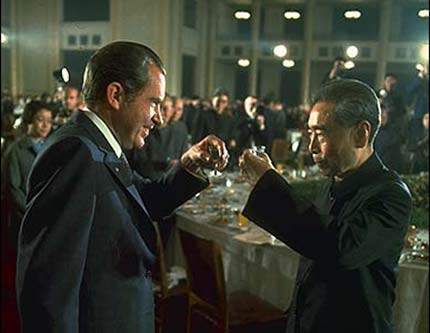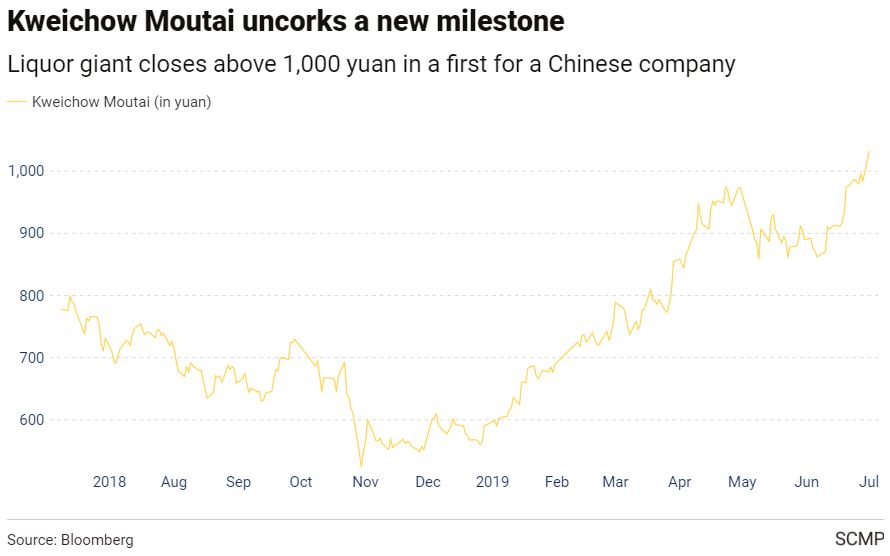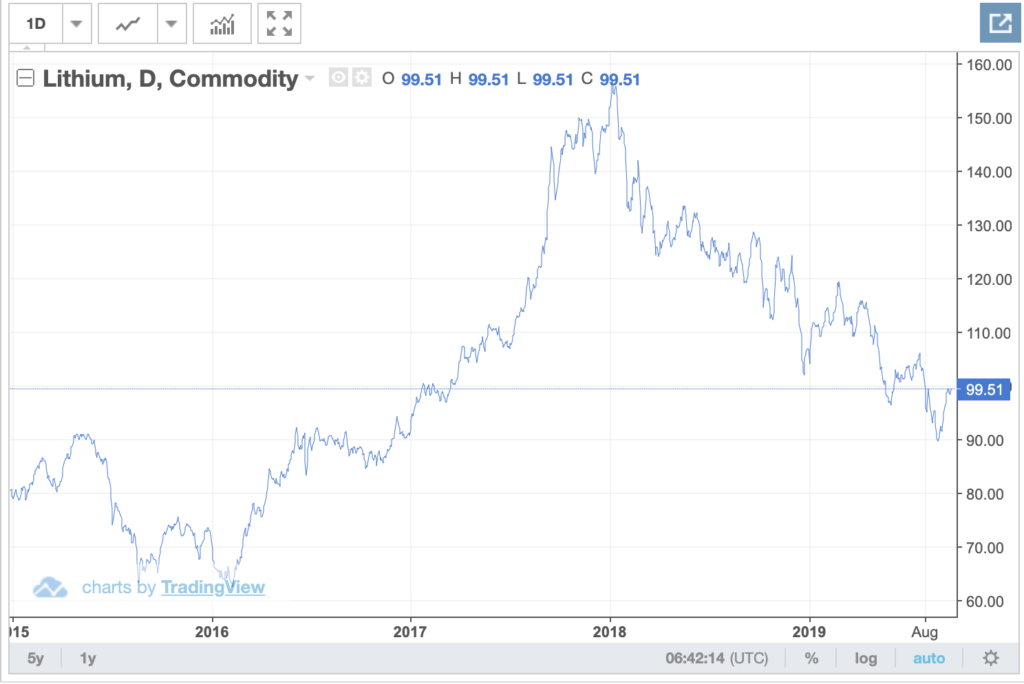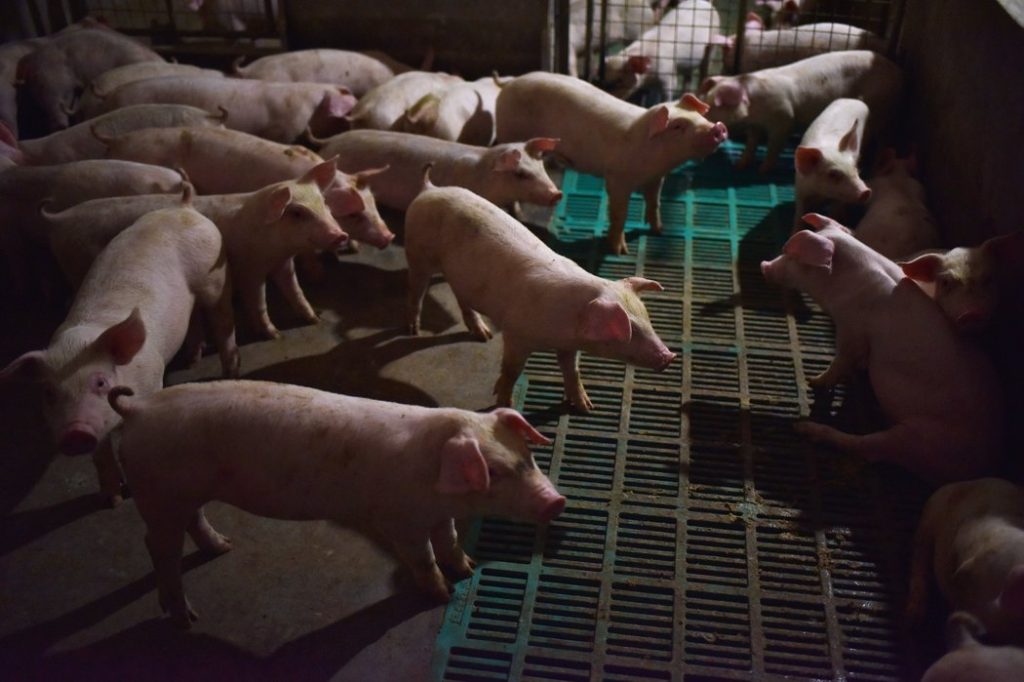
A pig farm in Yiyang, Henan. China has culled 1.2 million pigs to control a deadly swine fever . (Credit to New York Times)
China’s pork prices hit record levels after an epidemic of African swine fever killed millions of pigs, triggering a severe meat shortage in the world’s top pork consumer.
Pork prices in China surged past 50 yuan ($7.1) per kilogram. According to the data from the Ministry of Agriculture and Rural Affairs in October, pork prices rose more than 100 percent in October from a year earlier, contributing 2.43 percentage points to the CPI rise, and accounting for nearly two-thirds of the year-on-year increase.
For more than a year, China has been trying to contain a vicious epidemic of African swine fever, a highly contagious disease that is harmless to humans but kills almost all infected pigs. The Chinese government announced the first outbreak of the disease in August 2018, and since then, outbreaks have been reported in several provinces across the country.
In response, the authorities banned farmers from feeding swill to pigs. Leftovers are seen as the main channel of transmission to healthy herds because the virus can live for days in feces and raw meat. Officials have imposed quarantine measures and transportation restrictions in areas where the disease has broken out.
However, safety and hygiene standards have been difficult to enforce in China’s millions of small backyard pig farms, which feed most of the country’s pigs. The government says 1.2 million pigs have been culled so far to try to stop the spread of the disease, which is a tiny fraction of the 700 million pigs slaughtered in China last year.
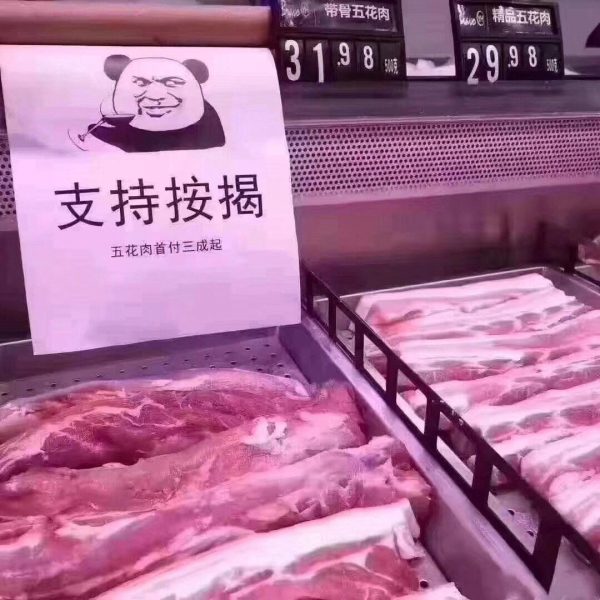
In a supermarket located in Beijing, the pork counter reads jokingly “pork supports installment payment”. (Credit to Abuoluowang.com.)
Analysts estimate that pork prices could double by the end of 2018. As officials prepare for bigger price increases, Beijing will be faced a growing number of challenges.
To offset the surge of pork prices, officials subsidized about 3.2 billion yuan ($452 million) to low-income families who are struggling to afford pork.
Chinese authorities have also asked local governments to free up money that could be used for artificial insemination technology, a way to encourage farmers and producers to breed more hogs. The Chinese government has also drafted plans to increase subsidies, loan support and insurance coverage for the pig industry in the country.
Moreover, the Chinese government released 1,500 metric tons of pig meat in the past two months, and the majority of those were frozen pork reserves. China set up a national strategic pork reserve in the 1970s as a way to deal with emergencies and stabilize pork prices.
Although the Chinese government hasn’t released a report on the amount of frozen pork in its reserve yet, experts warn that the Chinese government may not be well prepared enough to deal with the pork crisis.
“China’s pork shortage will worsen in the rest of the year, but the government doesn’t have effective methods to fill the gap in the short term,” said Chen Wen, the Wanlian Securities analyst.
Chen estimates that China will face a shortage of about 10.8 million tons of pork this year. She added that China’s supply of frozen reserves isn’t enough to make up for that.

